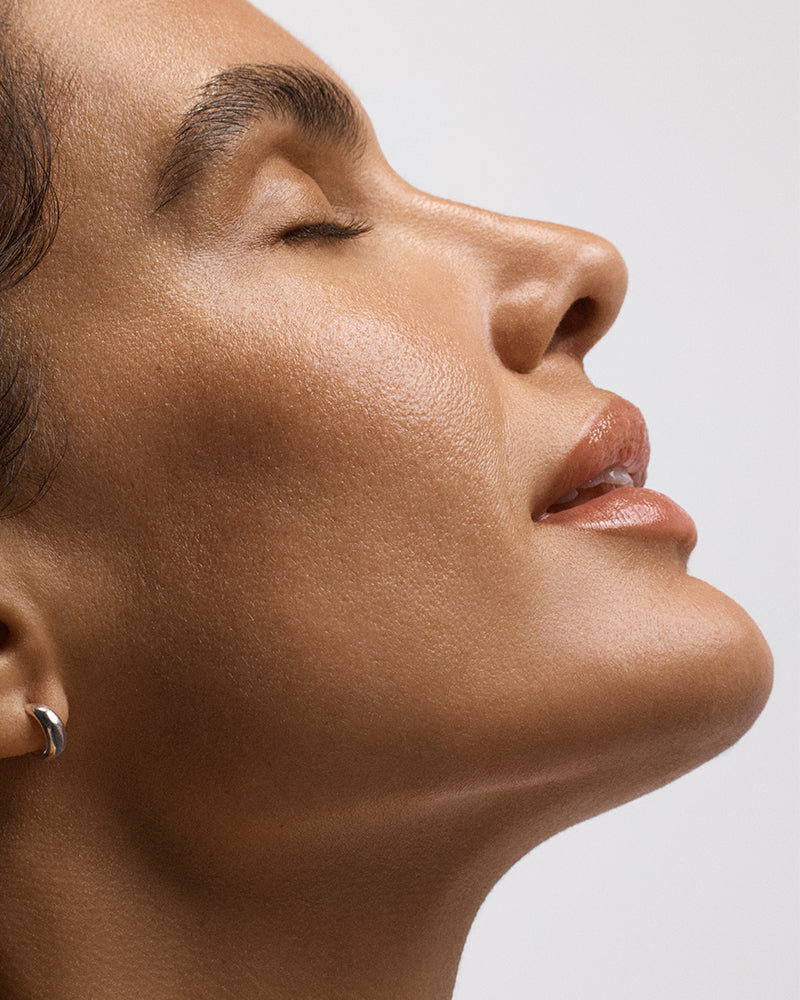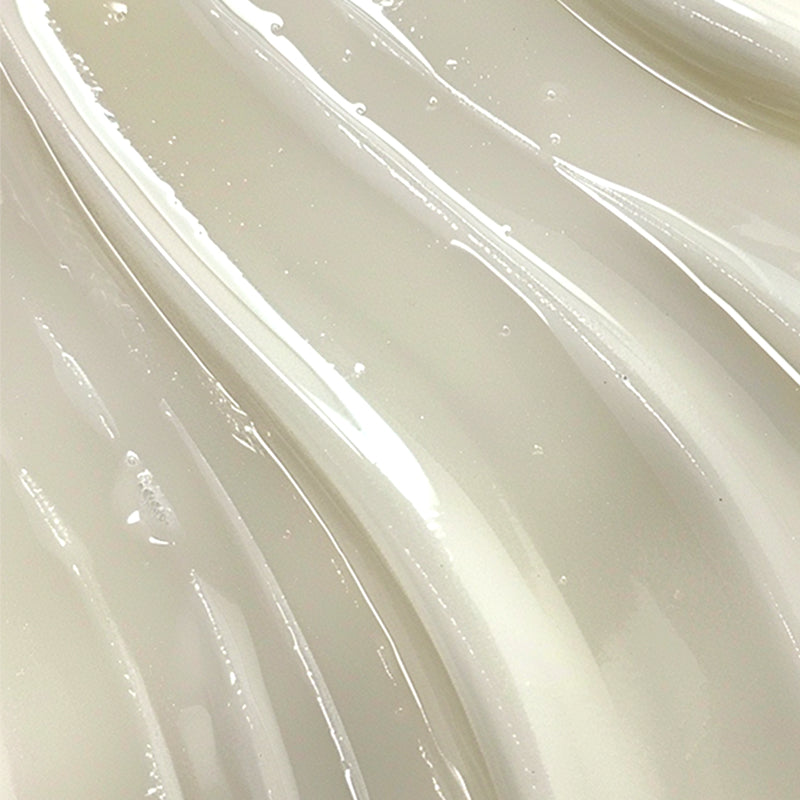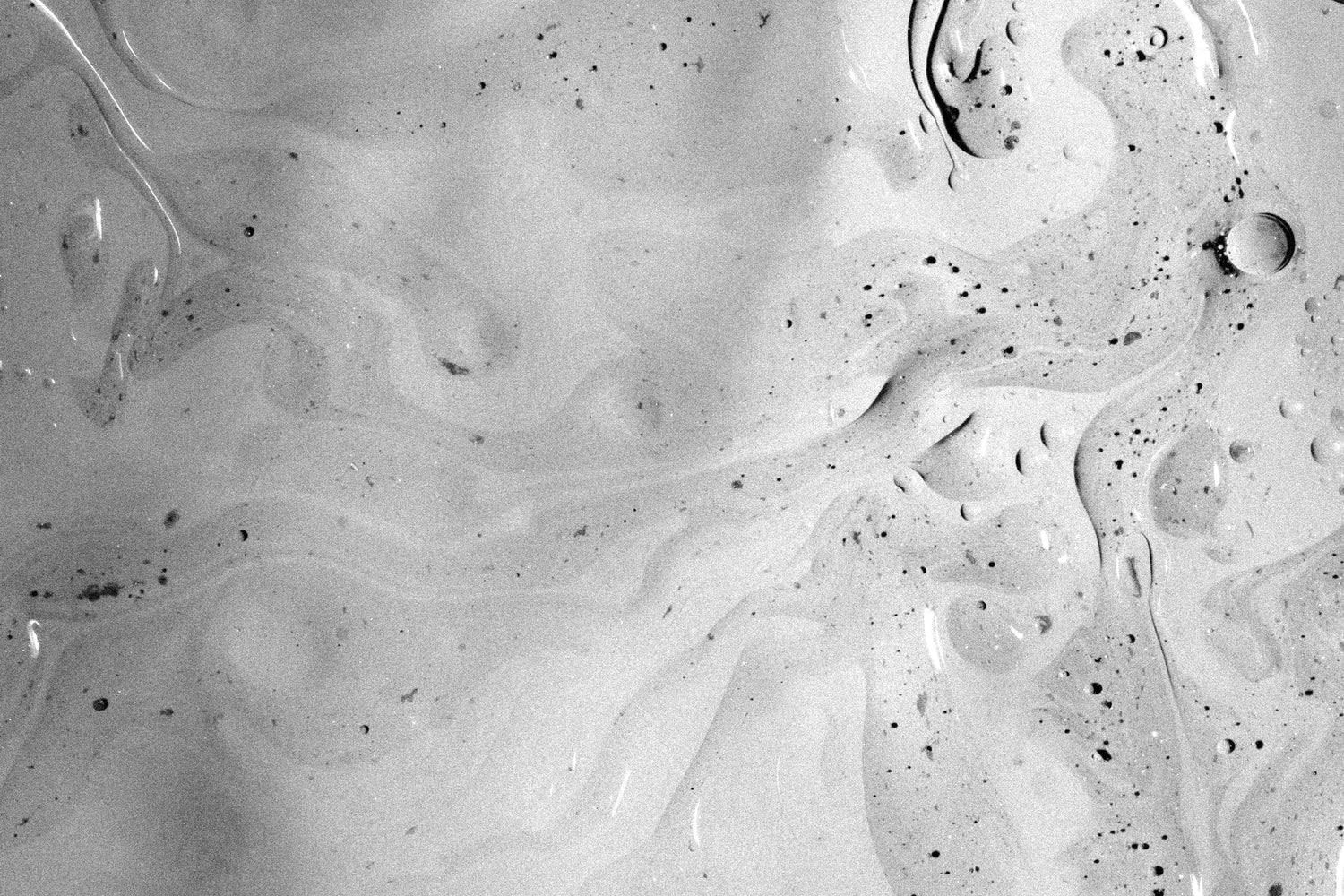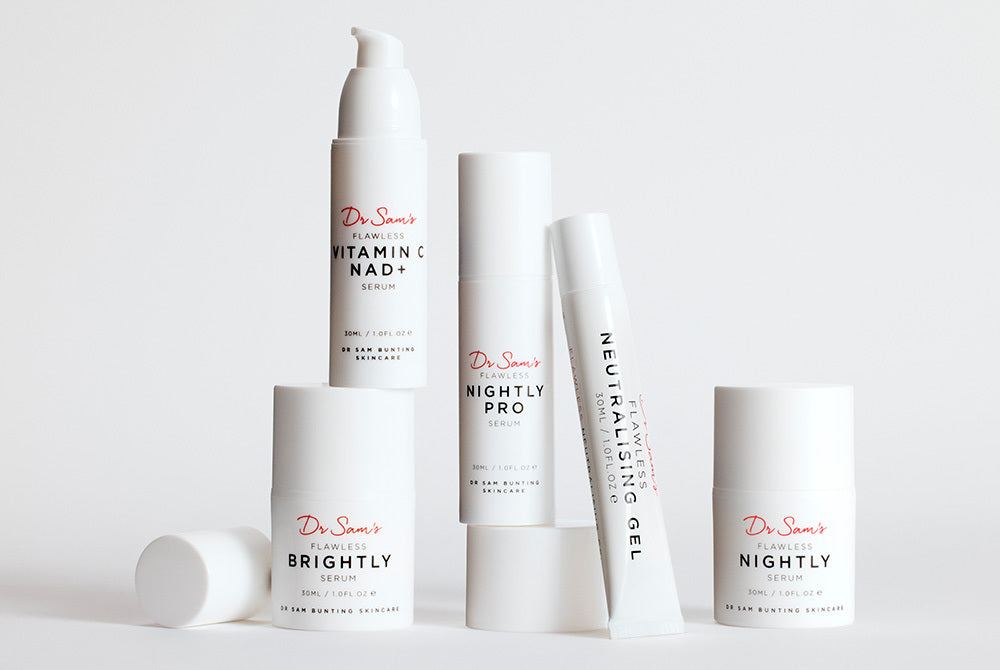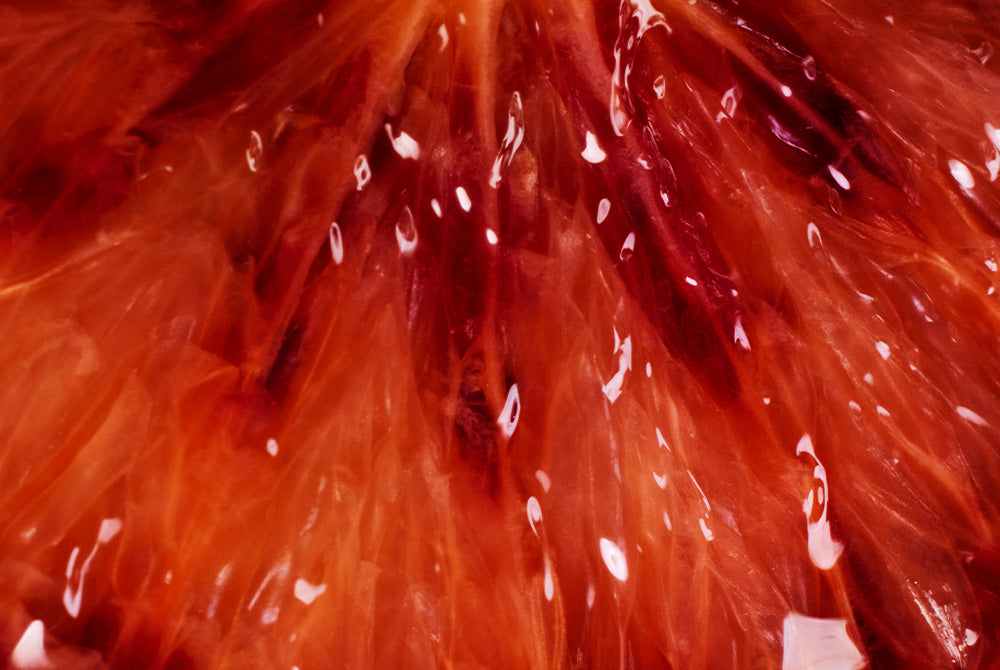Acne is still the biggest beauty bugbear we face - and it needs special consideration as we head into cooler weather with the added hurdle of mask-wearing to negotiate. So I thought it the perfect time to revisit my favourite tried-and-tested acne solutions and how they fit together into a cohesive routine for you to build.
Let's start with trusty benzoyl peroxide!
What exactly is benzoyl peroxide?
It’s an organic peroxide that acts as an oxidizing agent and it’s manufactured in the laboratory.
It’s available over the counter in the UK with a pharmacist’s guidance. Acnecide 5% gel is the one I recommend.
What’s it for?
It’s main use is in the treatment acne.
What does benzoyl peroxide do?
It has 3 main actions - all the best acne treatments work through multiple actions and benzoyl peroxide (BPO) is no exception. It’s antiseptic, meaning it reduces the number of skin surface bacteria. It’s also anti-inflammatory and it helps unclog pores. In practical terms this means it reduces the appearance of angry red spots and prevents new ones from appearing. The great thing about BPO is that bacterial resistance doesn’t occur, which is very desirable.
What strength does it come in?
It’s percentage will be disclosed on pack - whilst it’s available in up to 10% strength, a strength of 2.5-5% is usually sufficient.
Can benzoyl peroxide be paired with other active ingredients?
Some formulations combine benzoyl peroxide successfully with other actives - for example, Epiduo (on prescription) combines benzoyl peroxide with adapalene, which is a retinoid. It can also be combined with an antibiotic, such as clindamycin or erythromycin, to amp up its anti-bacterial effect (known as Duac and Benzamycin, respectively). Combining BPO and antibiotics has the added benefit of decreasing the amount of antibiotic resistance that develops, so the treatment stays efficacious for longer.
How can benzoyl peroxide-containing products be used in my routine?
I usually recommend that it's used in the morning - that’s because I’m typically recommending the use of a retinoid like tretinoin at night, which will help increase the absorption of BPO. These are best used separately as the BPO will otherwise degarde the retinoid. Some newer preparations (like Epiduo) have solved this issue, which is great for increasing compliance with treatment as it allows you to apply treatment just once a day.


